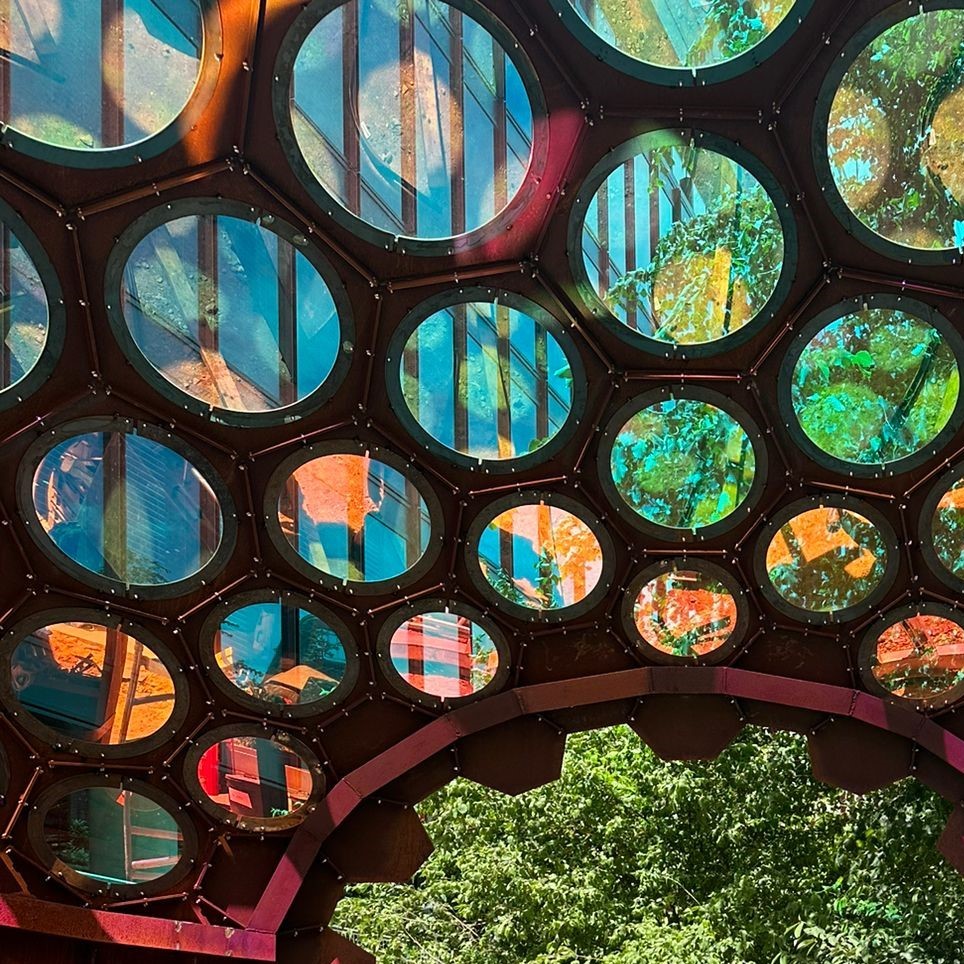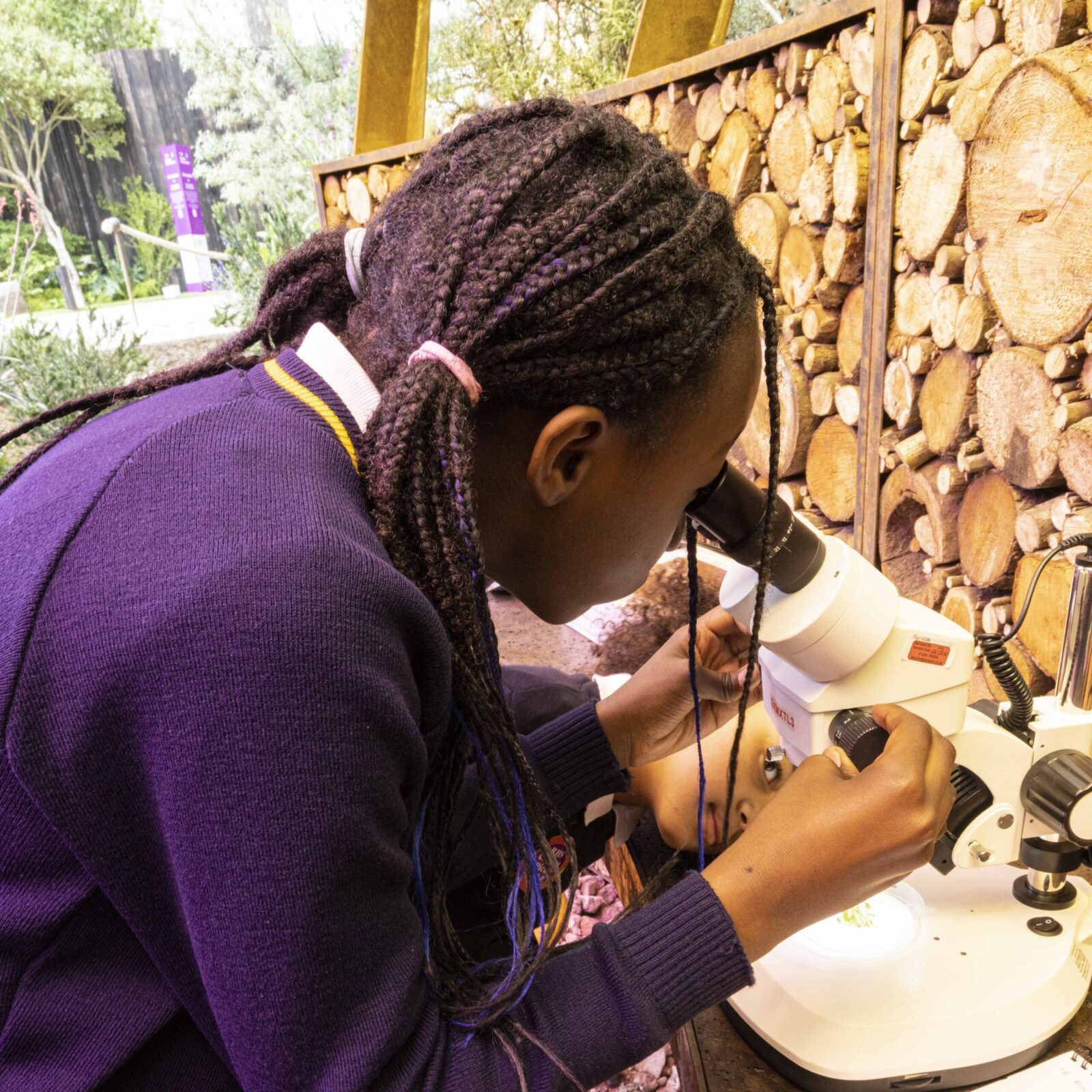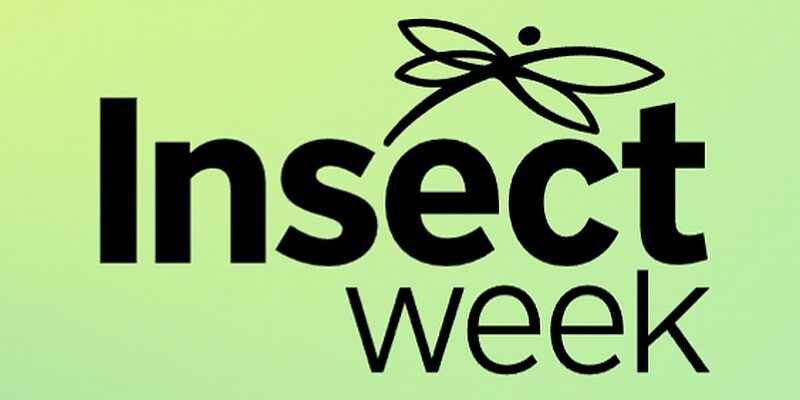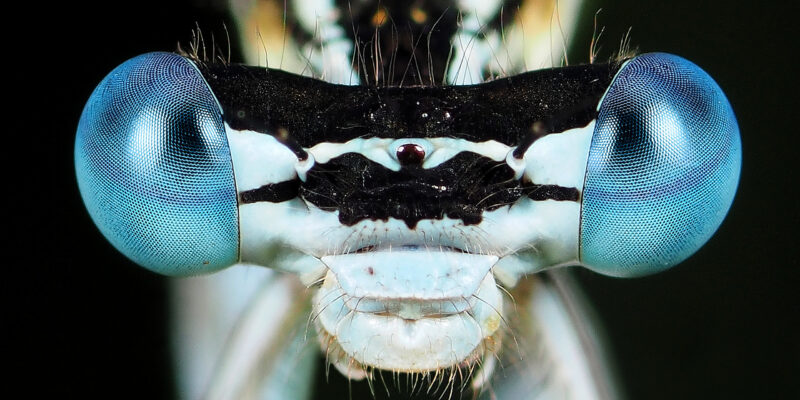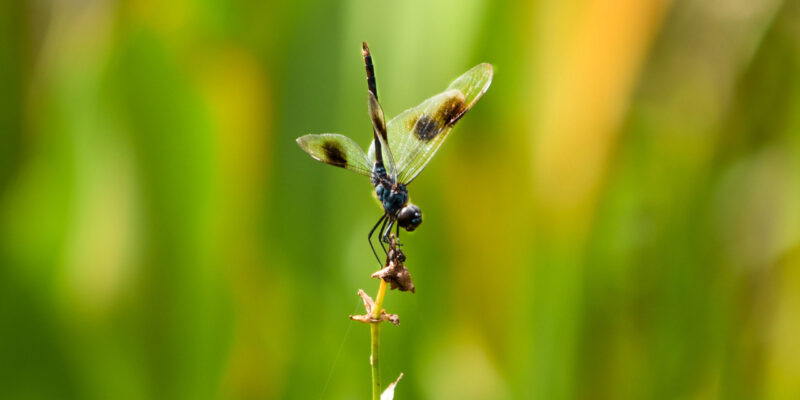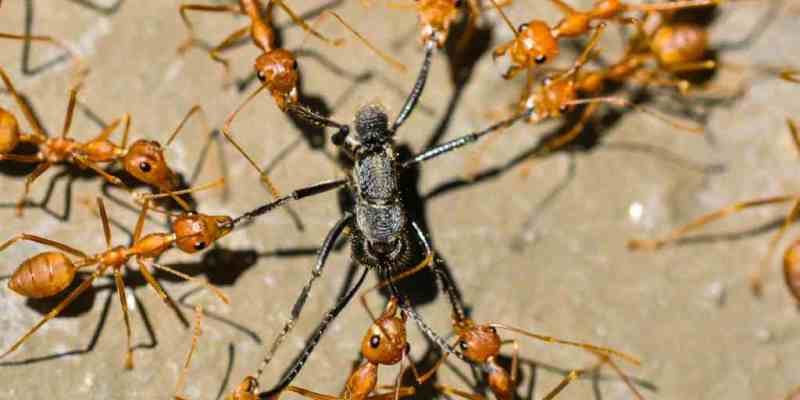The insect garden at Stratford Cross
Insects inhabit every corner of our world and without them we simply couldn’t survive. We can all learn more about the important benefits they offer our planet, and encourage them to live and thrive in the spaces we share with them.
The RES Insect Garden at Stratford Cross demonstrates how to create a range of garden habitats for insects and encourages everyone to view our gardens, allotments, balconies and window boxes as habitats for a wide range of creatures. After all, our gardens and public green spaces are the easiest and most accessible places for getting up close and personal with a wealth of wildlife – what will you spot today?
Star plants for an insect-rich garden
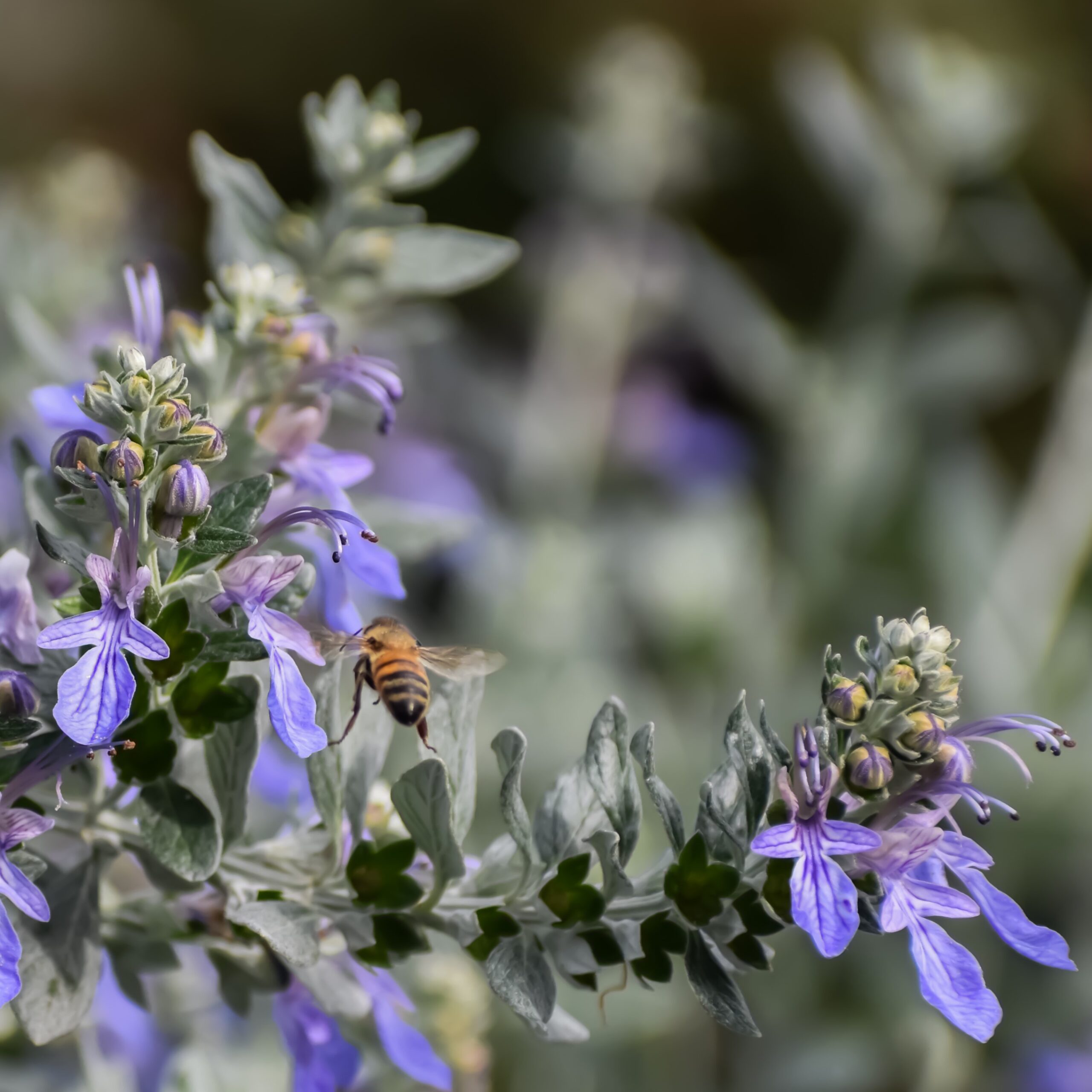
Tree germander
(Teucrium fruticans)
Tubular flowers provide nectar and pollen for bees, butterflies and many other pollinating insects.
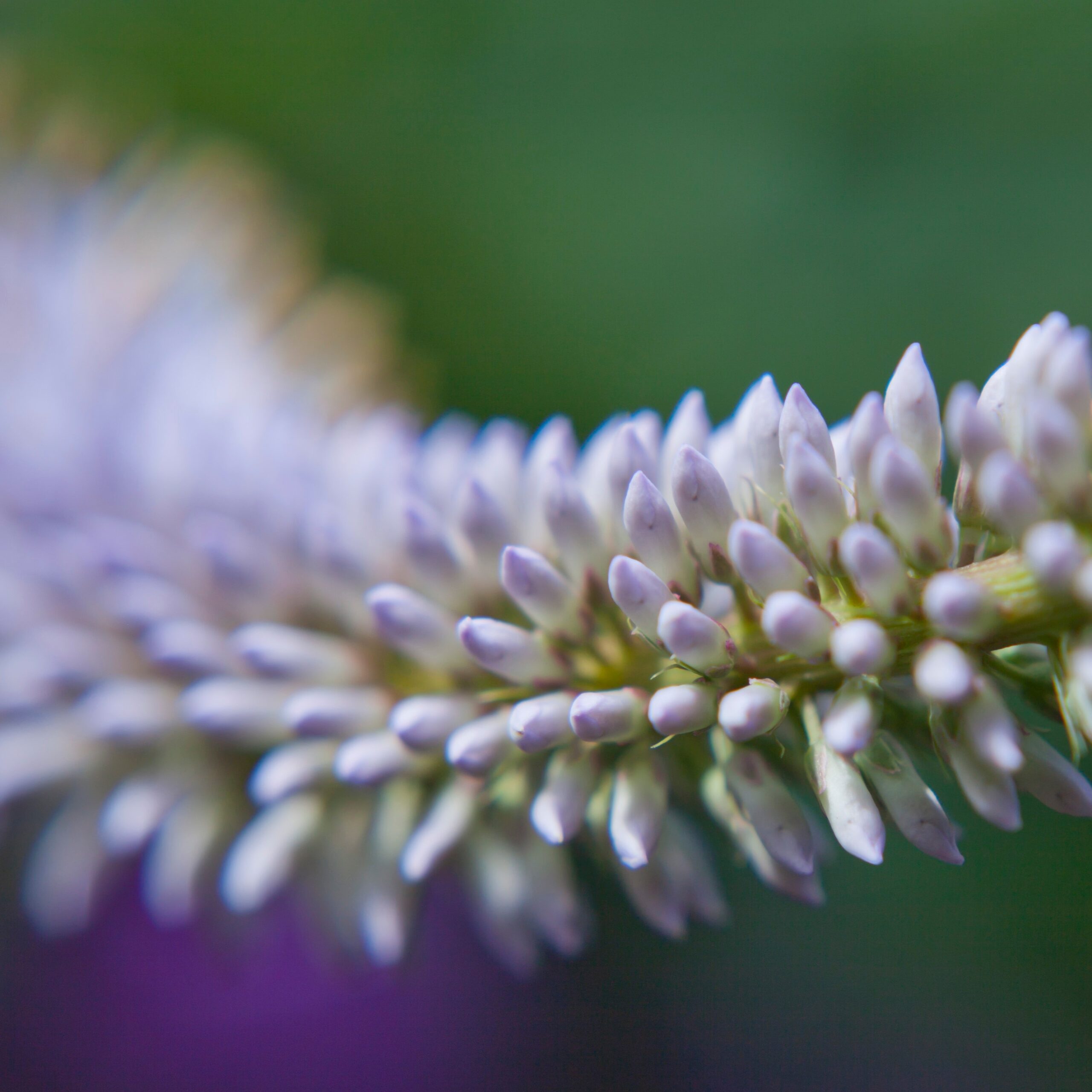
Culver’s root
(Veronicastrum virginicum ‘Fascination‘)
A long flowering period in summer and nectar & pollen rich flowers attract bees, butterflies, moths and other pollinators.
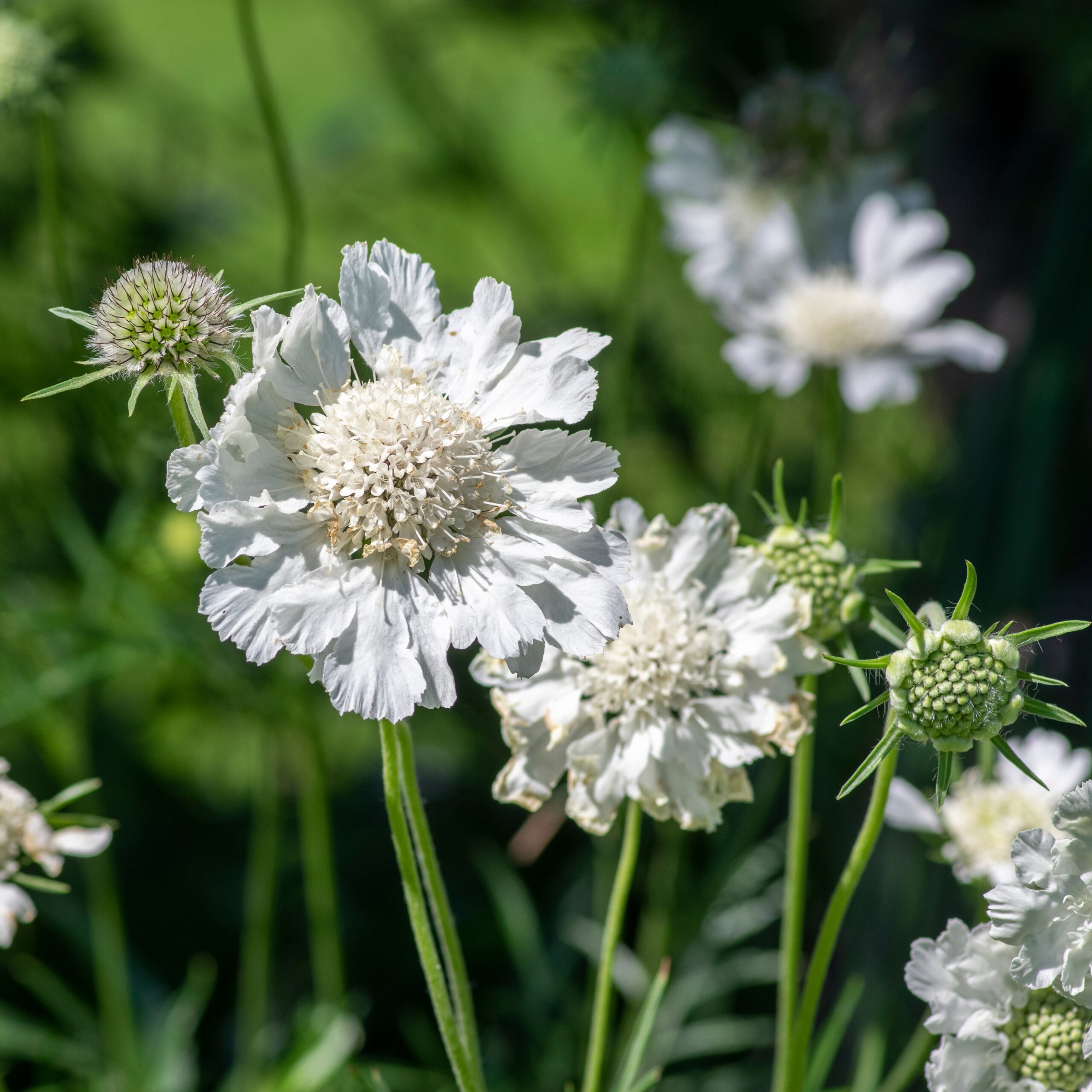
White Scabious
(Scabiosa caucasica ‘Perfecta Alba’)
Produces a supply of ‘pincushion’ forming nectar rich flowers which attract bees, butterflies and hoverflies.
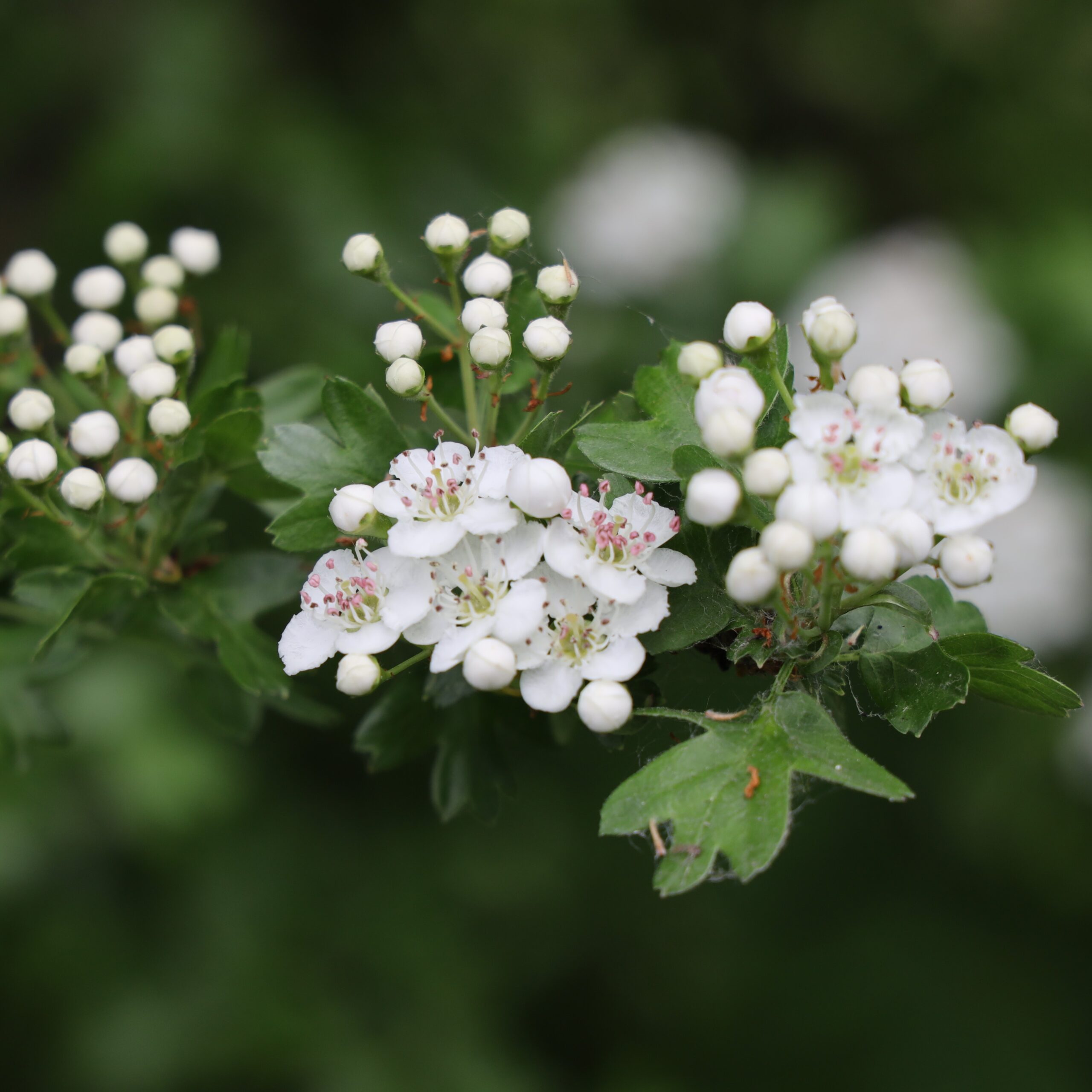
Hawthorn
(Crategus monogyna)
Supports over 300 species of insect, in particular flies, including hoverflies, and small beetles.
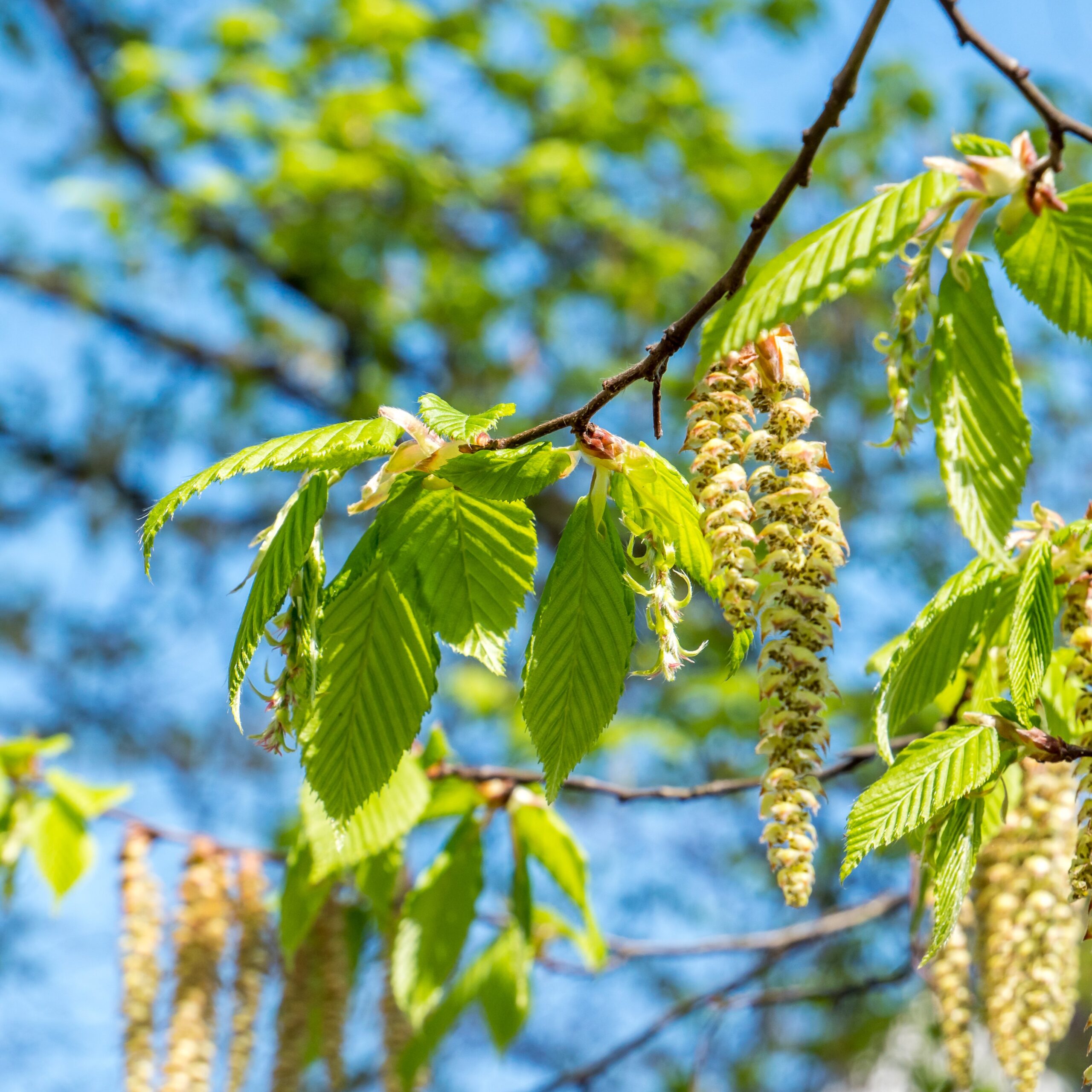
Silver birch
(Betula pendula)
Plays a pivotal role in supporting native UK wildlife, including over 300 species of insect.
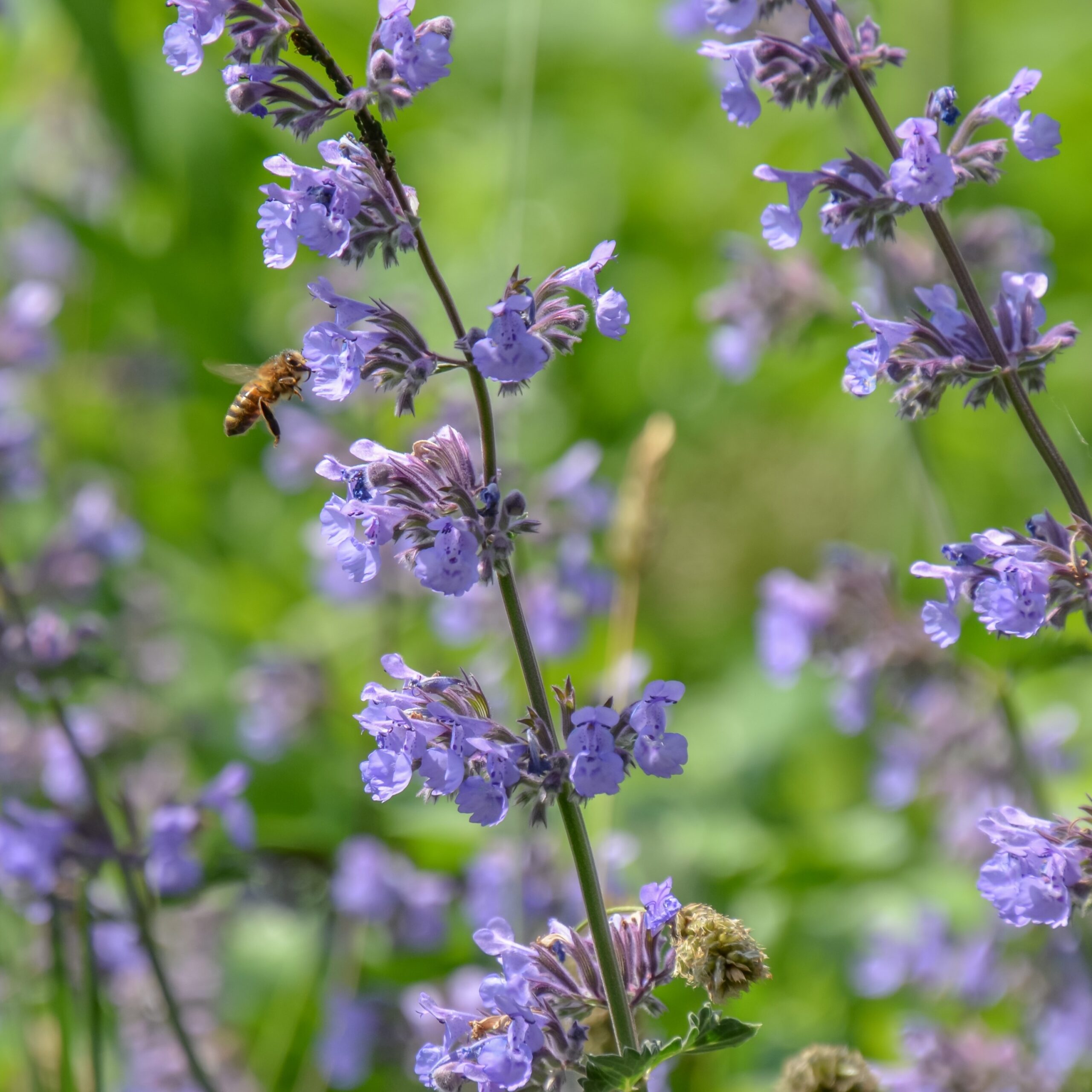
Catmint
(Nepeta racemosa ‘Walker’s Low’)
Provides nectar and pollen for a wide range of bees and many other types of beneficial insects.
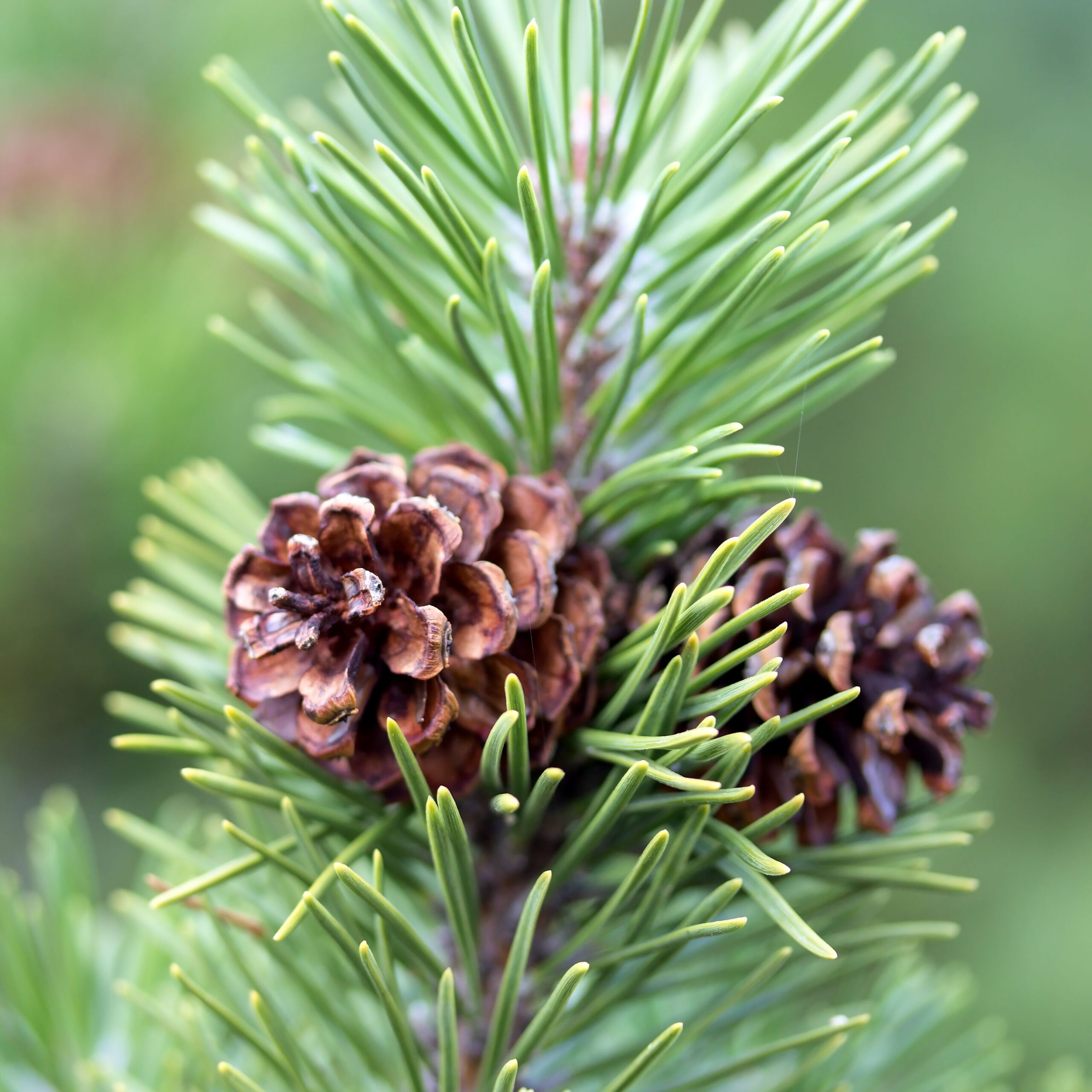
Scots pine
(Pinus sylvestris)
Known for attracting beneficial insects, birds, butterflies & moths. It is the only pine native to the UK.
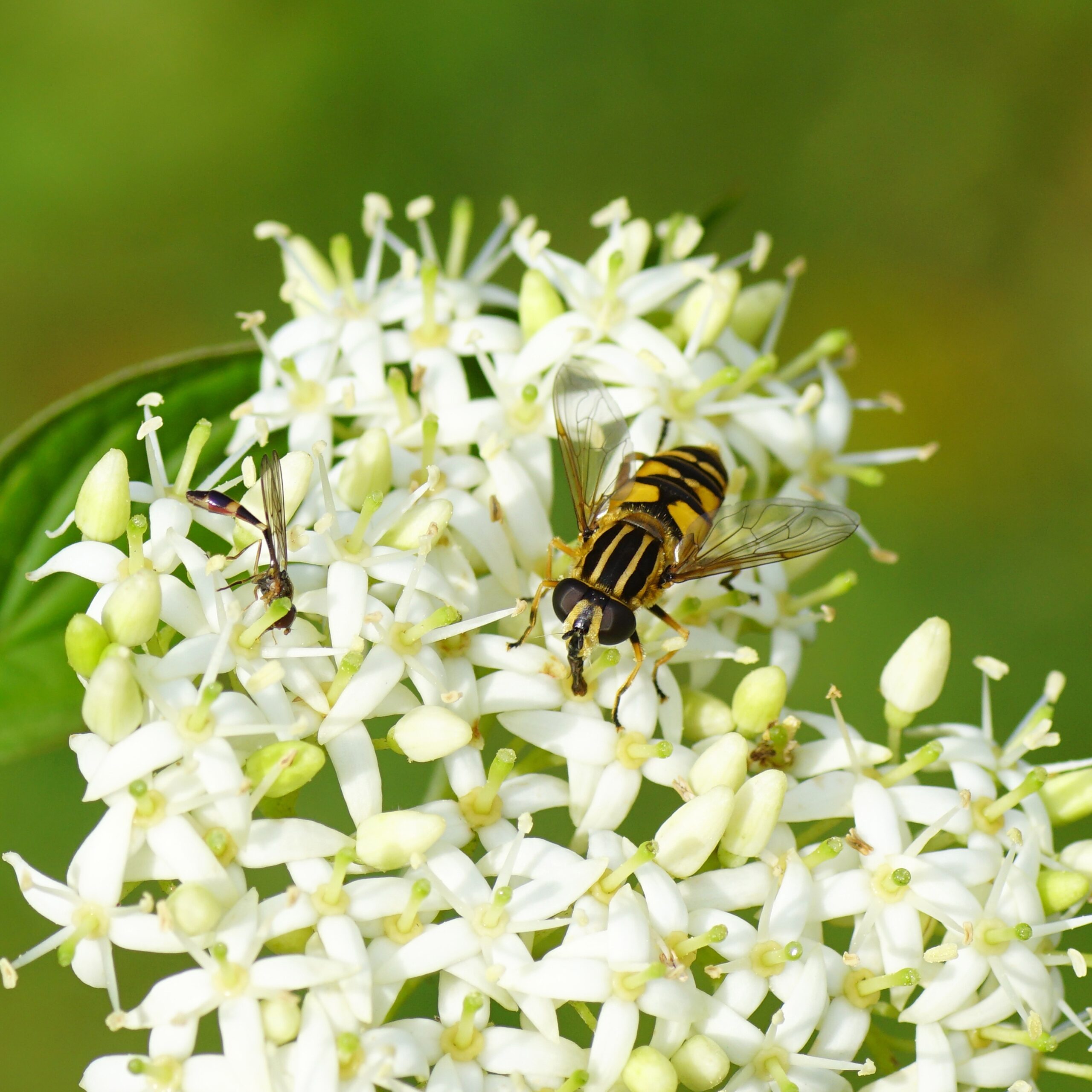
Common dogwood
(Cornus sanguinea)
The flowers are visited by many beneficial pollinators, the leaves by caterpillars and the berries are good for birds and other animals.
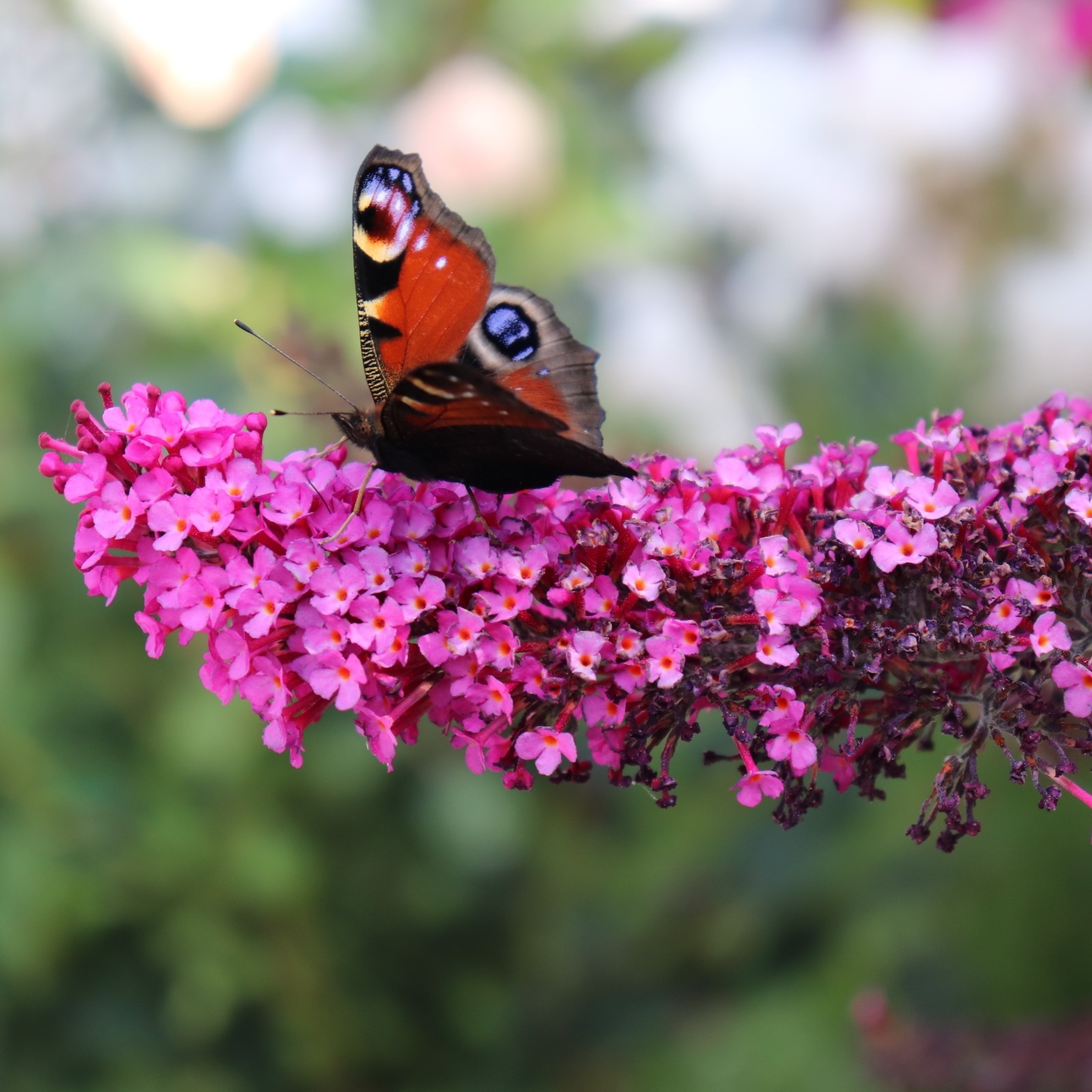
Butterfly bush
(Buddleja ‘Flower Power’)
It has nectar-rich flowers that attracts a wide range of butterflies, moths and other pollinators.
Visit the garden
Endeavour Square, London E20 1JN
Open from end of July 2024
Admission FREE
Join the Bug Hunt
Can you help Lloyd of the Flies find his friends?
Follow the trail that leads to the luxury bug hotel in the Insect Garden at Stratford Cross and learn fascinating facts about insects along the way.
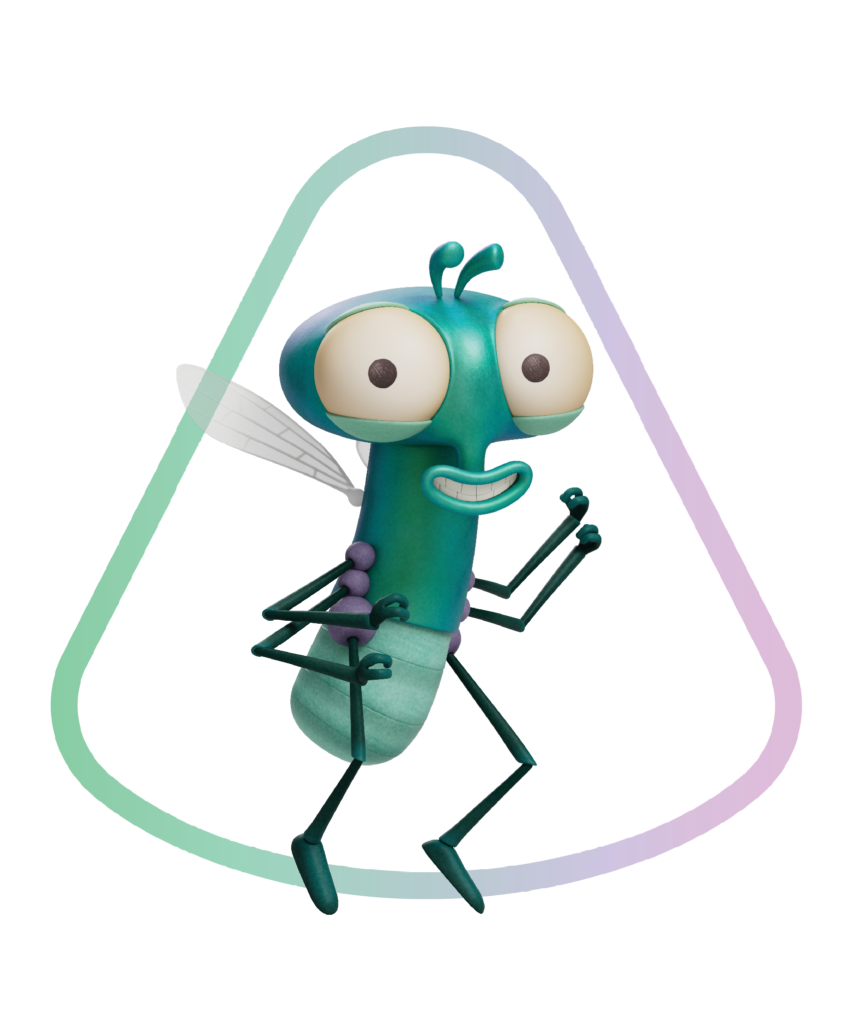
Tell us what you think
Have you visited the Insect Garden at Stratford Cross? Take our quick survey to tell us what you enjoyed about it.
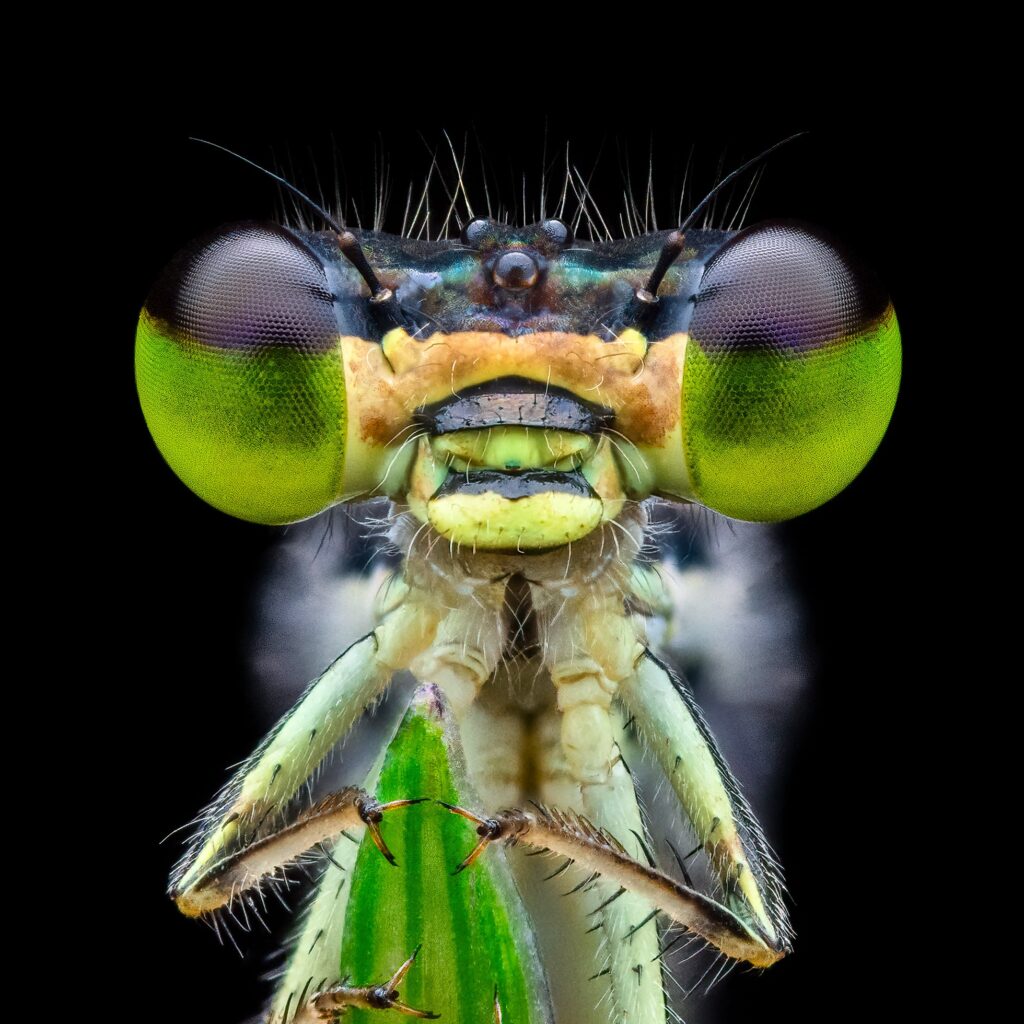
Join the colony
Worker bee or soldier ant? Get social by tagging us in social media posts with @royentsoc #RESGarden and sign up to our newsletter to stay up to date with all the ins and outs of the Royal Entomological Society.
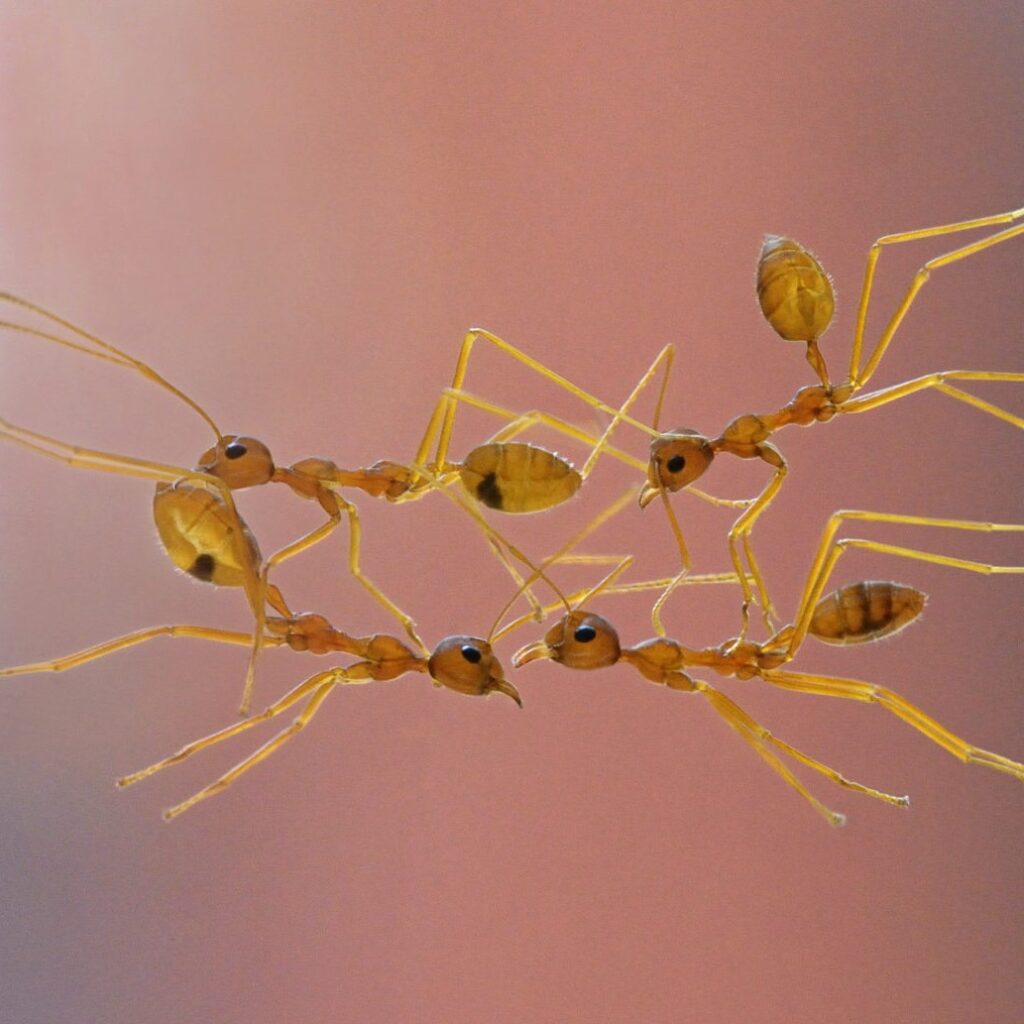
Top tips and fun facts
Find out more about how to welcome insects to your garden and how they are all beneficial to our environment – even those pesky aphids.
Take a closer look at some of our iconic British insects with our Small Stories series.
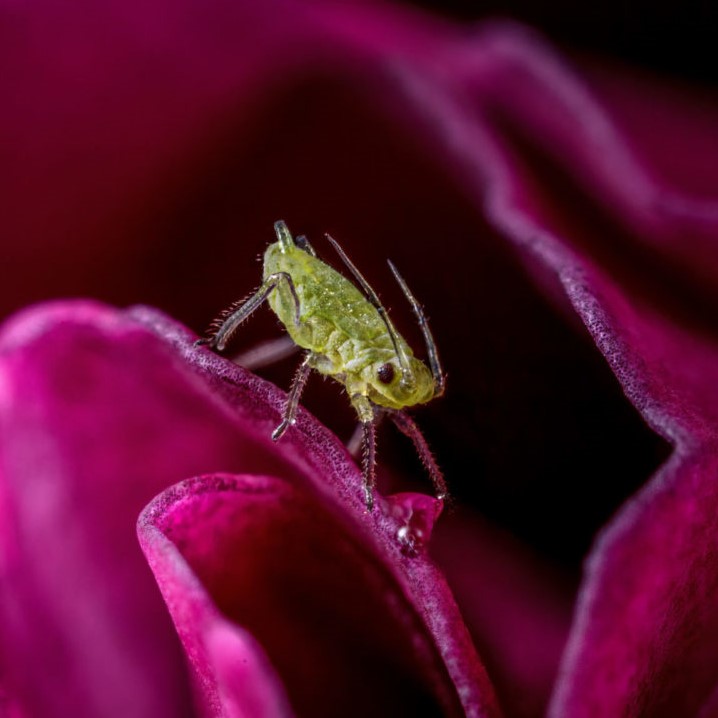
The story of the garden
Our Insect Garden at Stratford Cross began life at the world famous RHS Cheslsea Flower Show 2023. Funded by grant-giving charity Project Giving Back, and designed by award-winning designer Tom Massey, the garden is now a thriving haven for insects and an inspirational education hub that will inspire a new generation of insect scientists.
